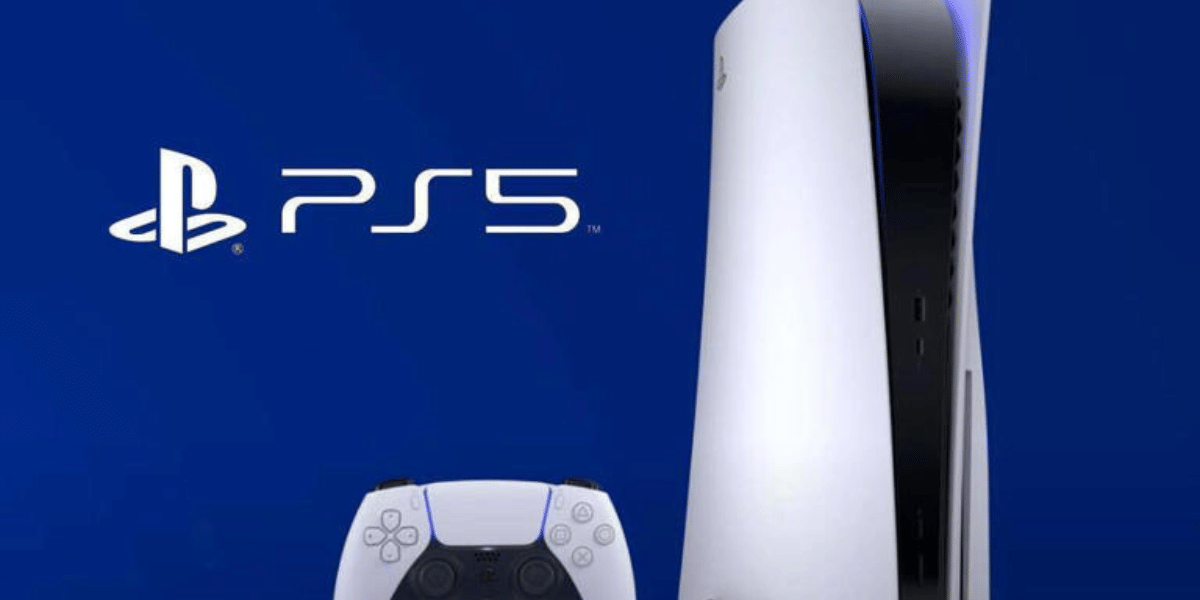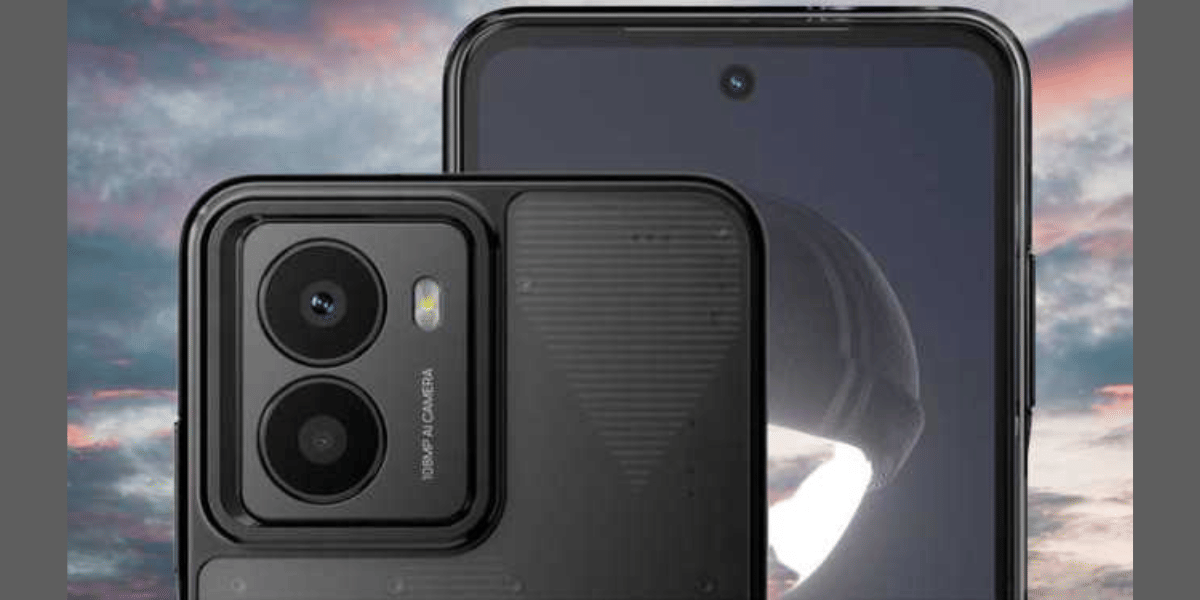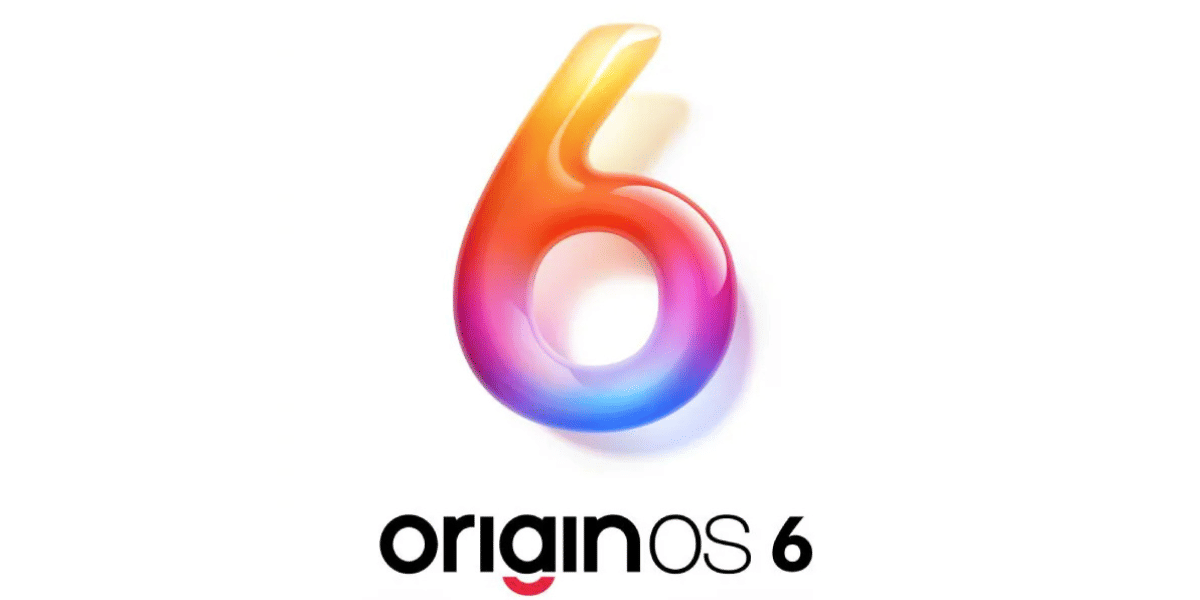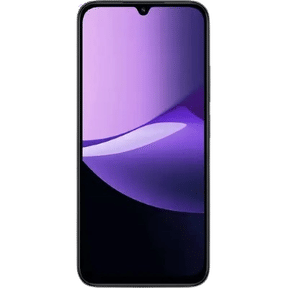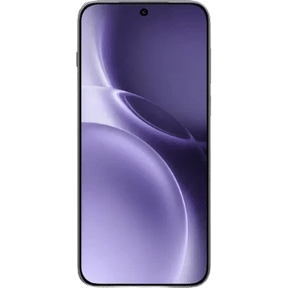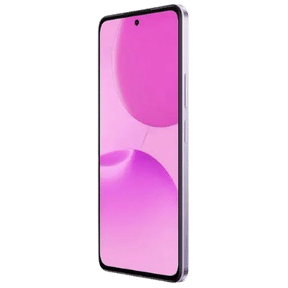In a rapidly evolving technological landscape, it is crucial to identify popular tech trends that demand attention. Which technology trends should you keep an eye on this year? To provide insights into these questions, we have identified 8 indispensable trends that offer competitive advantages and warrant strategic technological investments.
These trends may not necessarily be the flashiest or most cutting-edge technologies. But they have garnered substantial startup capital and are poised to shape our lives as the usage of social, mobile, and cloud platforms continues to expand. The business ecosystem is being disrupted by the ever-increasing expectations of users to engage in real-time interactions.
Also Read: This List Of Apps Can Steal Your Data! Beware!
Popular Tech Trends of 2023 To Watch Out For
1. Creative AI
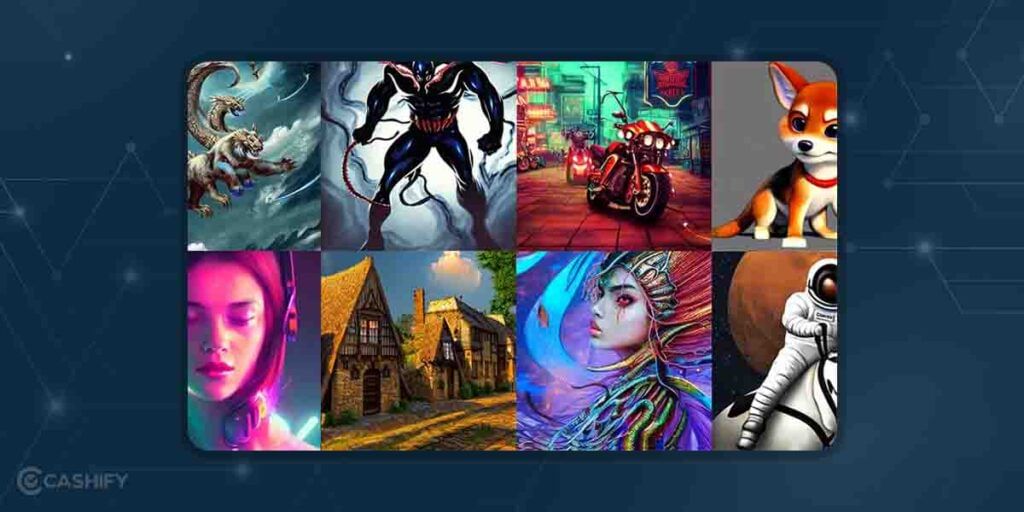
The utilization of AI for generating creative content, such as blog posts, illustrations, and 3D photography, is on the rise. And leveraging AI for creative tasks is one of the most popular tech trends of this year.
Machine learning models enable creative AI software to be trained in tasks like responding to creative prompts, creating art, translating copy, and performing sentiment analysis. This technology has the potential to significantly impact various creative fields, including marketing, entertainment, design, and gaming. While professionals in these fields are not yet expected to be replaced by AI. Their own creative expressions can be enhanced through its assistance.
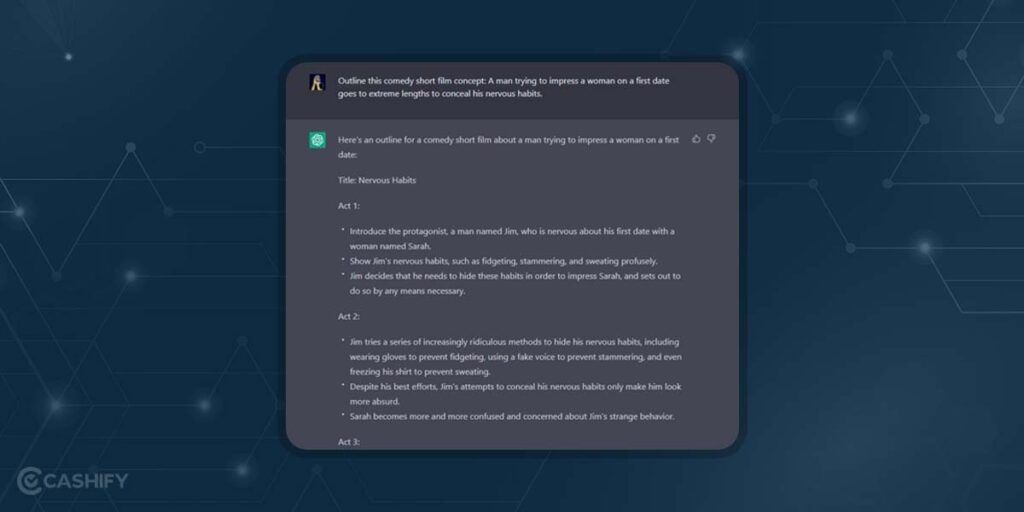
By leveraging the power of creative AI, we can challenge our existing conceptions, explore fresh design inspirations, save time on research, and potentially enhance our overall creative output. For instance, we can ask ChatGPT to write a script for a movie or suggest a profitable business idea.
The possibilities are immense, and venture capital investors are taking notice. With rumours of OpenAI, the creator of ChatGPT, considering the sale of existing shares in a tender offer that could value the company at around $29 billion. You can anticipate further advancements in this area throughout 2023.
2. Ambient computing
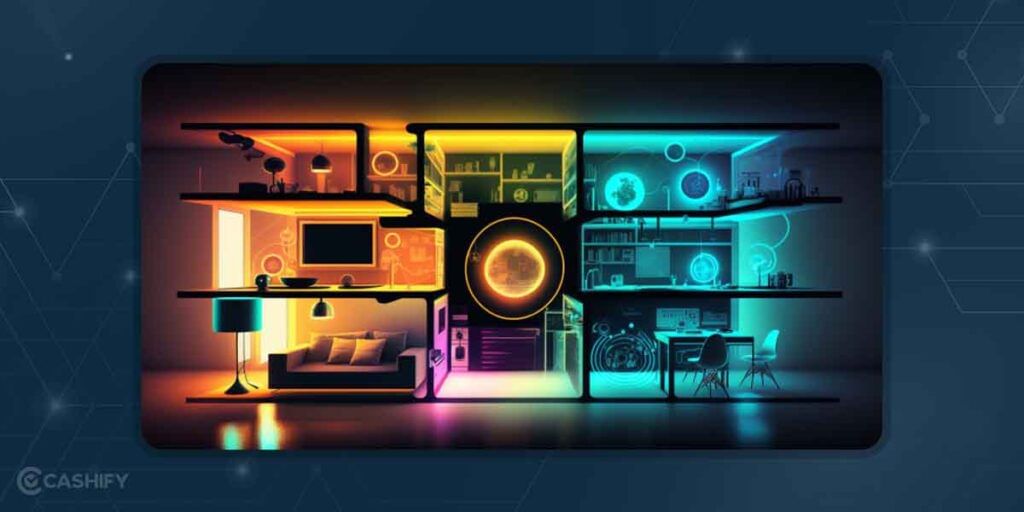
The term “ambient computing” refers to the ongoing efforts to make computing more pervasive and user-friendly. It is increasingly shaping our everyday lives, with examples ranging from smart thermostats maintaining the ideal temperature in our homes to AI devices seamlessly controlling our TVs and lights. We can expect further advancements in this field, particularly in the context of our hybrid work environments.
At CES, HP recently unveiled their new HP E-Series G5 Monitors, which are equipped with an Ambient Light Sensor that automatically adjusts the screen brightness. Additionally, HP introduced a suite of PCs enhanced by HP Presence, featuring intelligent camera face tracking for video calls and a PC hibernation mode that adapts to usage patterns. These technology-driven features work harmoniously in the background, creating an enhanced user experience.
3. Cybersecurity
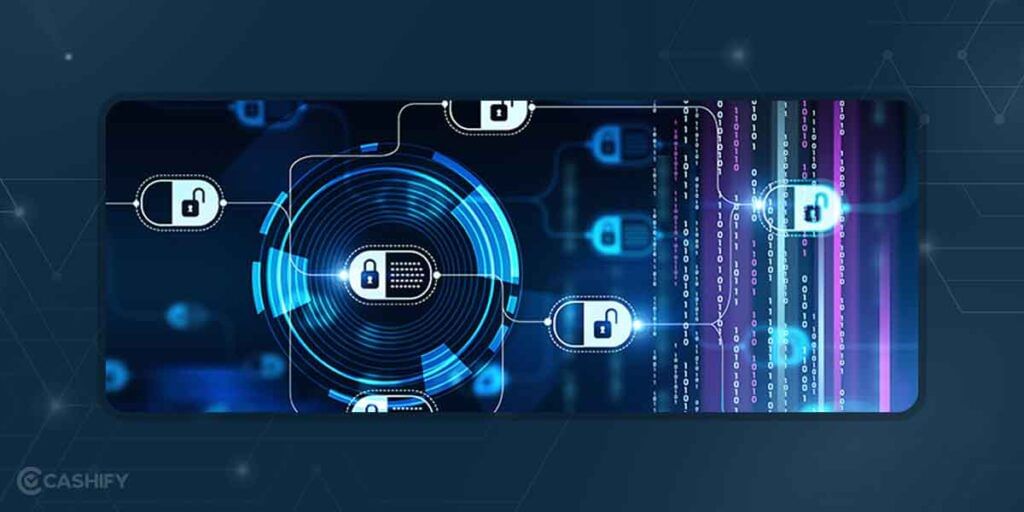
The travel and tourism industry is increasingly adopting new technologies to redefine its offerings and enhance customer experiences. However, this also exposes them to greater security risks, as these technologies handle large volumes of financial transactions and valuable customer data. Consequently, travel companies have become prime targets for cybercrime, with ransomware and phishing attacks being major concerns in this sector.
Moreover, organizations in the industry are vulnerable to human errors resulting from their own staff, given the current reliance on data. To safeguard their data, organizations must invest in cybersecurity measures and a range of hardware and software solutions. It is clear that a significant change is necessary. And in the upcoming years, a more comprehensive, business-driven, and risk-based approach to developing cybersecurity capabilities will become the standard practice.
Also Read: How To Copy Hashtags On Instagram: 3 Simple Ways
4. Superapps
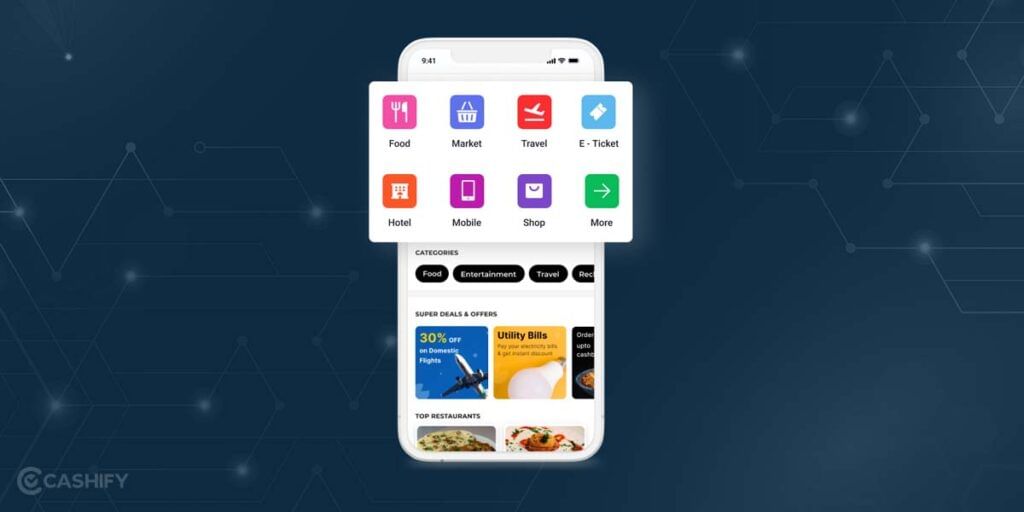
Superapps are the future of application design and development, revolutionizing how users interact with business ecosystems. These apps serve as a centralized platform, allowing users to control various aspects of their daily lives within a single application. According to Gartner, more than half of the global population will become daily active users of super apps. These super apps can even incorporate mini-apps as add-ons, enhancing their functionalities and offering additional benefits.
Let’s consider transactions as an example. A super app can seamlessly connect to multiple systems and user accounts, such as savings accounts and credit cards. It enables users to perform transactions across various systems, including investing in mutual funds, stocks, groceries, insurance, and more, all within a single app.
Essentially, a super app offers a wide range of experiences that cater to a person’s daily activities, all accessible through one platform. For instance, it can provide morning news updates, monitor the user’s health vitals, facilitate grocery shopping, ticket purchases, and entertainment through streaming services, track food delivery status, manage bank account balances, and send reminders for meetings and tasks, among many other functionalities.
Also Read: Best AI Apps On Android That Double Your Productivity
5. Robotic Process Automation (RPA)
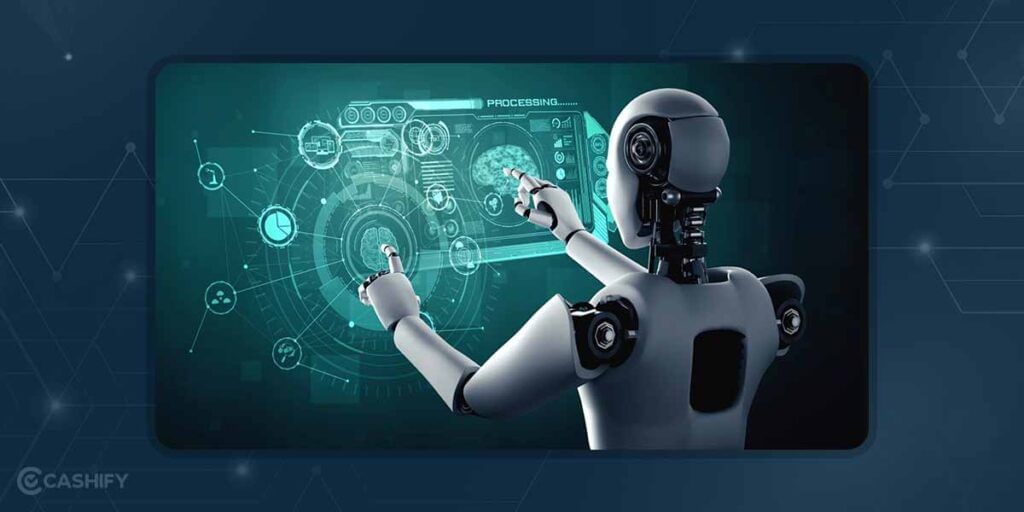
Similar to AI and Machine Learning, Robotic Process Automation (RPA) is a technology that is revolutionizing job automation. RPA involves using software to automate various business processes. These include application interpretation, transaction processing, data handling, and even email responses. By automating repetitive tasks that were previously performed by humans, RPA is changing the way work is done.
While Forrester Research predicts that RPA automation could jeopardize the livelihood of approximately 230 million knowledge workers, which accounts for around 9% of the global workforce. It is important to note that RPA is also generating new job opportunities and transforming existing roles. According to McKinsey, less than 5% of occupations can be fully automated, but around 60% can be partially automated.
6. Quantum Computing
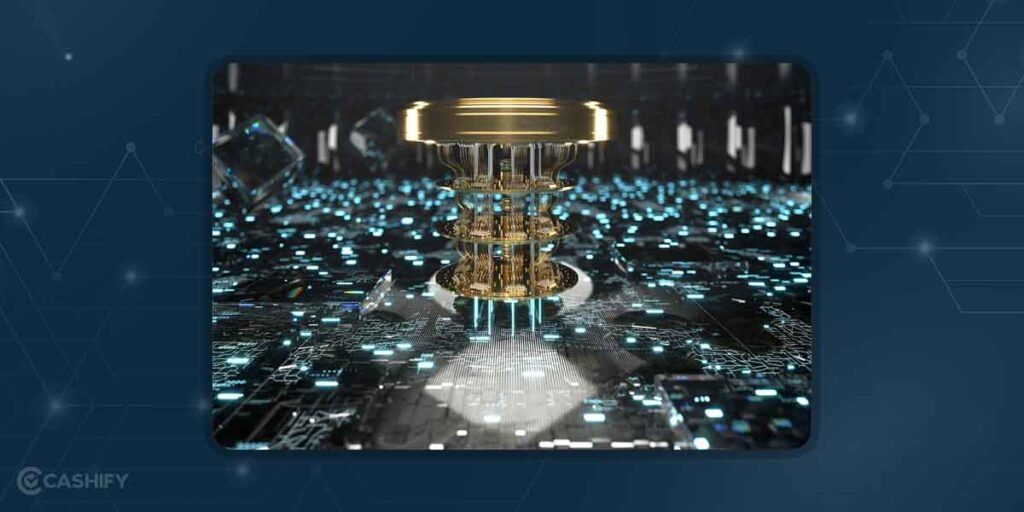
Quantum computing is currently one of the most prominent and rapidly growing trends, poised to revolutionize virtually every aspect of our lives.
This form of computing harnesses the unique properties of quantum phenomena, such as superposition and entanglement. Its applications span a wide range, from mitigating the spread of diseases like COVID-19 to developing novel vaccines, as well as managing risk and combating fraud in the financial sector.
What sets this trend apart is the remarkable speed of quantum computers compared to traditional computers. This is why major companies like Microsoft, AWS, and Google are investing significant resources into innovation within this field. It is projected that global market revenues for quantum computing will surpass $2.5 billion by 2029. This highlights the immense potential and commercial interest in this area.
7. New Energy Solutions
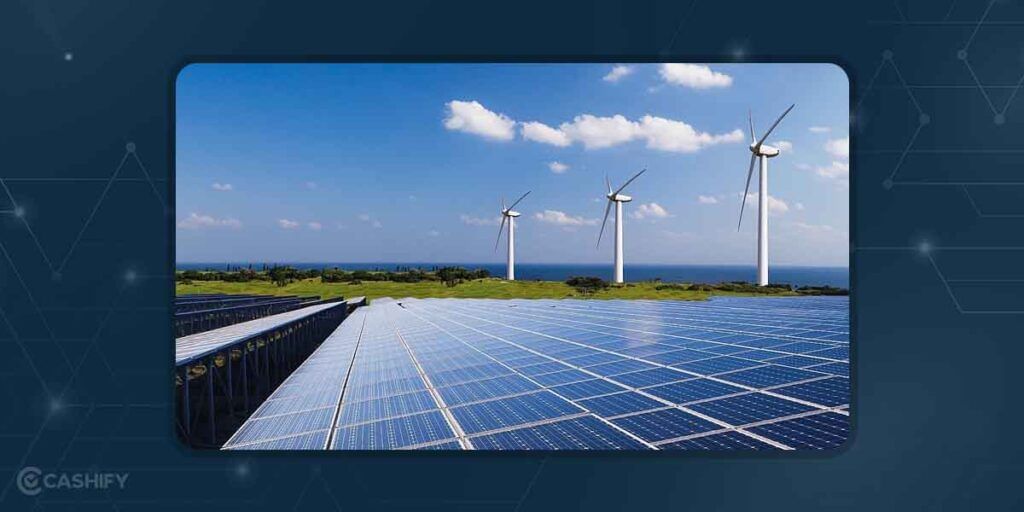
The pursuit of environmentally friendly business models aligns with the current energy crisis we face. By combining these two factors, new strategies emerge to reduce our reliance on hydrocarbons, which continues to escalate. Applied technology plays a crucial role in reversing this situation.
Artificial intelligence, in particular, holds immense potential for optimizing the benefits of renewable energy sources like wind and solar power through predictive maintenance. By detecting anomalies and predicting failures before they occur, significant cost savings can be achieved.
Green hydrogen is also a promising solution for the energy transition, offering a means to reduce emissions in industries such as transportation. Additionally, floating wind technology maximizes wind energy utilization while rejuvenating coastal communities and bringing energy production closer to consumption centres.
8. IoT for a hyperconnected world
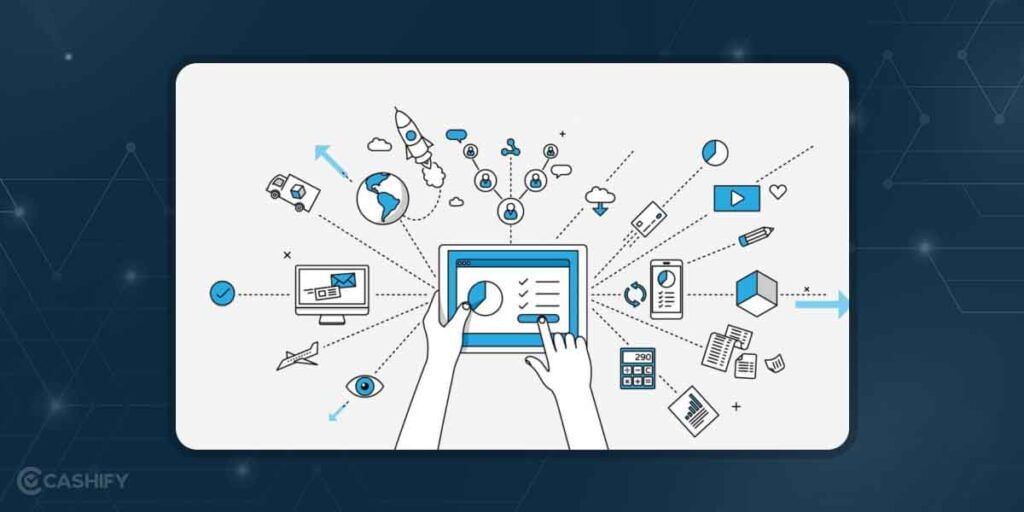
We are currently witnessing a pivotal moment where IoT sensors and interconnected device networks have become essential components in creating smart homes, shaping the metaverse, enhancing smart machinery operations, and designing futuristic cities.
Although smart devices have become part of our personal and professional lives, we have encountered communication challenges due to disparate platforms and operating systems. For example, almost all Google Assistant and Alexa compatible IOT devices have a hard time pairing with Apple Homekit. Consequently, 2023 will be a crucial year for developing global standards and protocols to facilitate more effective communication.
IoT technology plays a pivotal role in gathering and interpreting data from industrial machines. It provides valuable insights to enhance efficiency, reduce production costs, identify new business opportunities and consumer trends, and foster product innovation.
However, we are merely scratching the surface of what can be accomplished. And IoT is expected to be one of the popular tech trends of this year. Forecasts indicate that approximately 50 million IoT devices will be in use by 2024, creating an extensive network of interconnected devices. As more data is collected and analyzed, this network will deliver enhanced security, efficiency, and informed decision-making capabilities for businesses.
Also Read: What Is Neuralink? Top Facts About Elon Musk’s Technology On Brain Implants



























